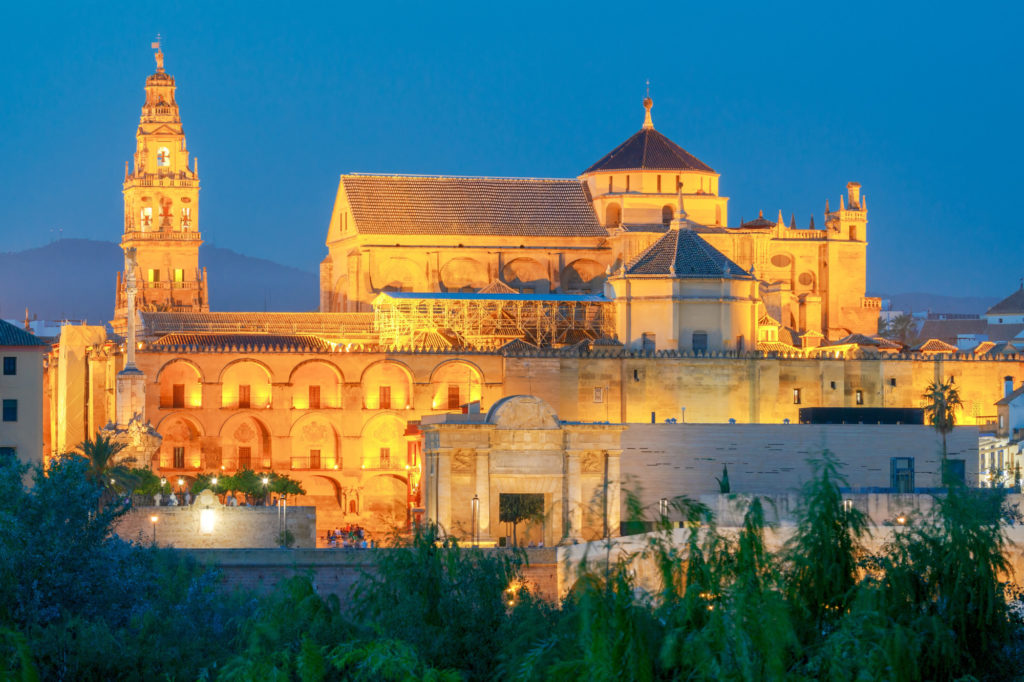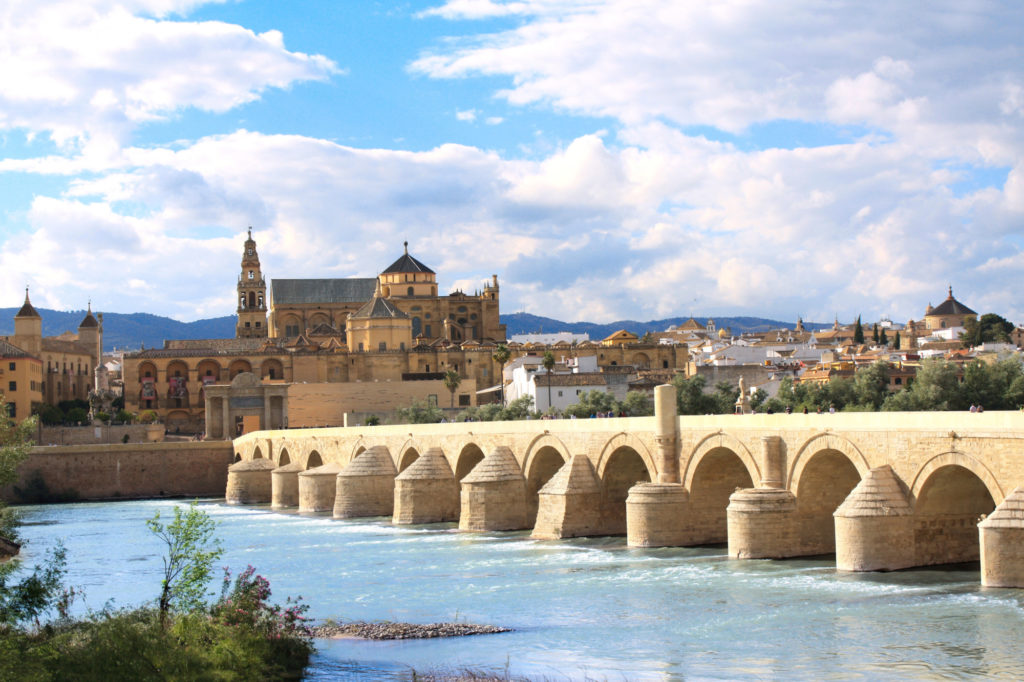How To Travel To Spain
How To Travel to Spain: A Comprehensive Guide for First-Time Visitors
Spain is a captivating destination, offering a mix of vibrant cities, stunning coastlines, and a rich cultural heritage. Whether you’re drawn to its historical landmarks, world-class cuisine, or lively festivals, Spain offers something for every traveler. This guide will walk you through the history, highlights, and practical details on how to travel to Spain, ensuring your trip is unforgettable.
How To Travel to Spain: A Brief History
Spain’s history is as diverse as its landscapes. From ancient Iberian tribes to Roman conquerors, the Visigoths, and Moors, each civilization has left its mark. The Moorish occupation, beginning in 711 AD, introduced remarkable architecture, including the iconic Alhambra in Granada. The Reconquista, completed in 1492, marked the return of Christian rule, coinciding with Spain’s emergence as a global empire through the exploits of explorers like Christopher Columbus.
Spain’s golden age during the 16th and 17th centuries brought immense wealth and influence. However, the country faced political and economic challenges in later centuries, including the Spanish Civil War (1936-1939), which led to Franco’s dictatorship. In 1975, after Franco’s death, Spain transitioned to a constitutional monarchy, ushering in democracy and modern prosperity.
Today, Spain is a member of the European Union and boasts a thriving tourism industry. When planning how to travel to Spain, knowing its history helps you appreciate its multifaceted heritage, from Moorish palaces to medieval castles and modernist architecture.
How To Travel to Spain: Top Highlights
Spain is a treasure trove of iconic landmarks and vibrant cities. Madrid, the capital, offers world-class museums like the Prado and the Royal Palace. Barcelona, with its unique Gaudí architecture such as the Sagrada Familia, is a haven for art lovers. Andalusia’s Moorish heritage shines in cities like Seville, Granada, and Córdoba, with the stunning Alhambra and Mezquita standing as testaments to Spain’s complex past.
The Balearic Islands (Mallorca, Ibiza, Menorca) and the Canary Islands are prime beach destinations, offering both relaxation and adventure. For nature lovers, the Pyrenees and Picos de Europa offer hiking and skiing opportunities. When considering how to travel to Spain, make sure to include these highlights, ensuring a balance between cultural exploration and leisure.
Spain’s culinary delights, including tapas, paella, and jamón ibérico, are also highlights that should not be missed. Each region has its own specialties, and wine lovers will appreciate the variety of wines, especially from La Rioja and Ribera del Duero.
How To Travel to Spain: How to Visit
When planning how to travel to Spain, it’s essential to consider your travel style. Spain is well-connected by air, train, and road. International flights arrive at major cities like Madrid, Barcelona, and Seville. Within Spain, high-speed trains (AVE) connect most major cities, providing a fast and efficient way to travel across the country. Car rentals are also available, making it easy to explore smaller towns and countryside.
If you prefer organized tours, many operators offer guided trips covering Spain’s highlights. Independent travelers will find Spain easy to navigate, with well-developed infrastructure and a range of accommodations from budget hostels to luxury hotels. Consider booking in advance during peak seasons, especially in popular destinations like Barcelona or Ibiza.
Spain is part of the Schengen Zone, so travelers from the EU can enter without a visa. Travelers from non-EU countries should check visa requirements before planning their trip. Learning basic Spanish phrases can enhance your travel experience, though English is widely spoken in tourist areas.
How To Travel to Spain: How to Get There
If you’re wondering how to travel to Spain, you’ll find plenty of options. Spain’s major airports, such as Madrid Barajas, Barcelona El Prat, and Málaga-Costa del Sol, receive international flights from most parts of the world. Budget airlines like Ryanair and EasyJet offer affordable flights from across Europe. Non-European travelers can book with major international carriers such as Iberia, American Airlines, or Emirates.
Train travel is another option, with France and Portugal offering high-speed train connections to Spain. The Eurostar connects London to Paris, where you can board a train to Barcelona or Madrid. For road trips, driving from neighboring countries is a popular option, with Spain’s highway network making it easy to enter from France or Portugal.
Cruise enthusiasts can arrive by sea, with Spain’s Mediterranean ports like Barcelona and Málaga being popular stops. Ferries also operate between Spain and North Africa, as well as the Balearic and Canary Islands.
How To Travel to Spain: Culture and Religion
Spain’s culture is deeply rooted in its history, with a mix of Christian, Moorish, and Roman influences. Catholicism has been the dominant religion for centuries, shaping Spanish festivals, architecture, and customs. Spain’s major religious festivals include Semana Santa (Holy Week) and the pilgrimages to Santiago de Compostela.
Spain is also known for its lively festivals, such as La Tomatina in Buñol and the Running of the Bulls in Pamplona. Flamenco music and dance, particularly from Andalusia, are integral to Spain’s cultural identity. As you plan how to travel to Spain, consider participating in local festivals or experiencing a flamenco show to immerse yourself in the culture.
Spain’s cultural diversity is reflected in its regional differences. In Catalonia and the Basque Country, local languages (Catalan and Basque) are spoken alongside Spanish, and regional identities are strong. Understanding these cultural nuances will enhance your travel experience and respect for local traditions.
How To Travel to Spain: Safety and Dangers
Spain is generally a safe destination for travelers, but like any country, there are a few precautions to keep in mind. Pickpocketing can be an issue in crowded areas, particularly in major cities like Barcelona and Madrid. Keep your belongings secure and be aware of your surroundings, especially in tourist hotspots and public transport.
If you’re planning how to travel to Spain, it’s important to know that healthcare facilities are excellent, with both public and private options available. EU citizens should carry a European Health Insurance Card (EHIC), while non-EU travelers may want to invest in travel insurance.
Spain’s natural landscapes, such as the Pyrenees and coastal cliffs, offer exciting outdoor activities but can pose dangers if unprepared. Always follow safety guidelines, particularly if hiking or participating in water sports. Overall, Spain is a welcoming and safe destination for all types of travelers.



